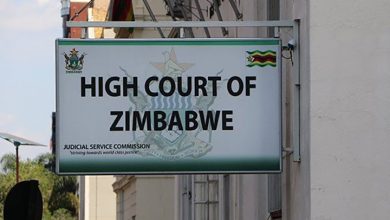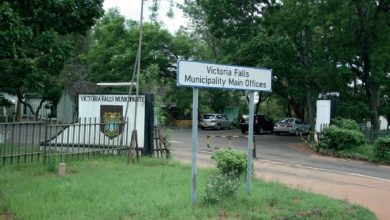Zim schools still face numerous challenges in providing quality education: Report

Schools in Zimbabwe still face numerous challenges in providing quality education ranging from a shortage of learning and other facilities, teaching staff shortages, transfers and many other hindrances, a recent Parliamentary study has shown.
The report of the joint thematic committee on sustainable development goals on the provision of quality education, sanitisation and hygiene management in schools was tabled before the Senate last Thursday.
The Committee also received oral evidence from Tumisang Thabela, the Permanent Secretary for the Ministry of Primary and Secondary Education on quality education, sanitation and hygiene management. It is from that oral evidence meeting which compelled the Committee to conduct verification visits.
The Committee then visited the following schools; Mangondo Secondary in Bikita, Musume High in Mberengwa, Tsholotsho High in Tsholotsho, Maqhekeni Secondary in Plumtree and Madlambudzi Secondary in Bulilima and interacted with Heads of schools, teachers in charge of the Health Department, and other staff with relevant responsibilities.
“All schools indicated that they are experiencing shortage of infrastructure and this has been worsened by the new normal of the Covid-19 regulations,” said the report.
“At Tsholotsho High School, social distance has led to a shortage of classrooms and also double bunk beds which they had are no longer accepted under Covid-19 regulations. At Maqhekeni Secondary School, there were inadequate classrooms and accommodation for teachers. At Madlambudzi, there was a shortage of practical learning areas for practical subjects such as Building and Agriculture.”
The Public Service Commission, according to the report, takes a long time to deploy teachers.
“There was a serious shortage of Maths and Science teachers in all the schools visited,” said the report.
“At Musume High School, those who retired from the service were not being replaced and when a teacher goes for maternity leave, there were no relief teachers. At Mangondo High School, there was only one Maths teacher who was taking only Forms 3 and 4.”
The report added: “There was also a need for a History and Heritage teacher at the school. Schools in Matabeleland articulated that some of the teachers being deployed in the region were non-Ndebele speaking and this was affecting the learners, especially the Form 4 and Upper 6 classes. There was a serious shortage of teachers and some who were deployed had no qualifications.”
All the schools visited, according to the report, indicated that they were facing shortages of textbooks to cater for the new curriculum.
Since the outbreak of COVID-19, the education sector embraced the online learning strategy but not all schools have the capability to conduct online lessons,” said the report.
“At Maqhekeni Secondary School, there was poor network coverage and internet connectivity. There was no booster nearby which makes it difficult to communicate with learners. There were poor radio and television signals, which makes it difficult for learners and teachers to have access to current affairs. At Madlambudzi and Musume High Schools, there was no internet connection, while at Mangondo Secondary School the network was down.”
On power challenges, the report said: “For example at Maqhekeni Secondary School, they had no power from January to September 2020. Electricity in schools is very important in the day-to-day running of schools because with the current shortage of textbooks, schools have resorted to printing handouts for learners.”





